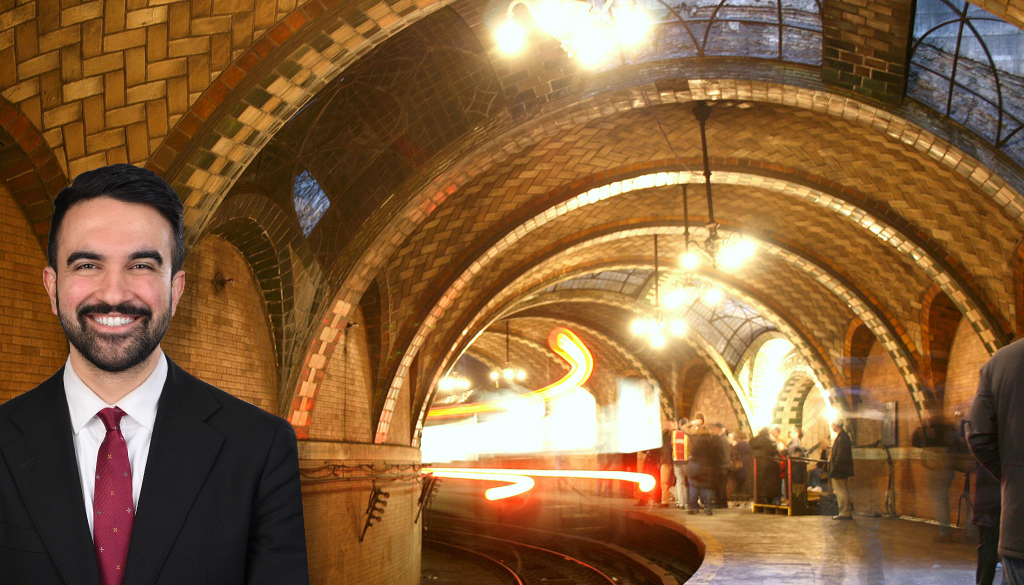 Don’t plan for parking spaces the way you plan for these. (Photo: Admit One via Flickr)
Don’t plan for parking spaces the way you plan for these. (Photo: Admit One via Flickr)Here’s the analogy of the day from the Streetsblog Network: Parking spaces are like toilets — at least for conventional planners.
That line comes from Reinventing Urban Transport, and while it’s good for a laugh, it yields several important insights on closer examination.
Paul Barter, the blog’s author, has been thinking about the parallels between parking spaces and toilets for several months now. Here are some of the similarities that he notes:
- Both are treated as an essential ancillary service that every building will need.
- It is usually assumed that no fee (or a token fee at most perhaps) will be charged. Remember, we are talking about the conventional approach to parking policy here. Some jurisdictions even ban fees for such facilities.
- There is thus little direct return on the investments. So the private sector would under-provide them unless forced to. To the rescue come regulations in the form of parking or toilet requirements in planning or building codes.
But as Barter goes on to argue, planning for parking the way you do for toilets is a fundamentally flawed approach. Here’s how he starts breaking it down:
- It is much more difficult to predict parking demand than to predict toilet demand (which itself is not easy). The human need to expel waste changes little (except when beer is consumed in large quantities perhaps). The demand for parking can change enormously over time as car ownership changes and as mode choices shift.
- Everyone needs toilets. Only car users need parking. (But conventional parking policy assumes that ‘car users’ = ‘everyone’.)
- Parking takes a lot more space than toilets. Forgive me for stating the obvious here. It is common for American suburban office parks to be required to have as much parking space as they have floor space for other uses. Buildings in Kuala Lumpur…or Bangkok often have a third or more of their floors devoted to parking. Parking standards often dramatically limit the density that is feasible on a site.
There’s a lot more to his original post, and Barter is looking for more insights to help develop the idea — which he finds has been quite useful in presentations. Head on over to his site and offer your feedback.
More from around the network: The Bicycle Coalition of Greater Philadelphia reports that the installation of 1,500 bike parking rings on old meter posts has begun. This is a stimulus-funded project. Bike Denton has the story on a $15 million grant for bike lanes in Austin, Texas. And The Transport Politic asks, whose turn is it to lead transport planning?





